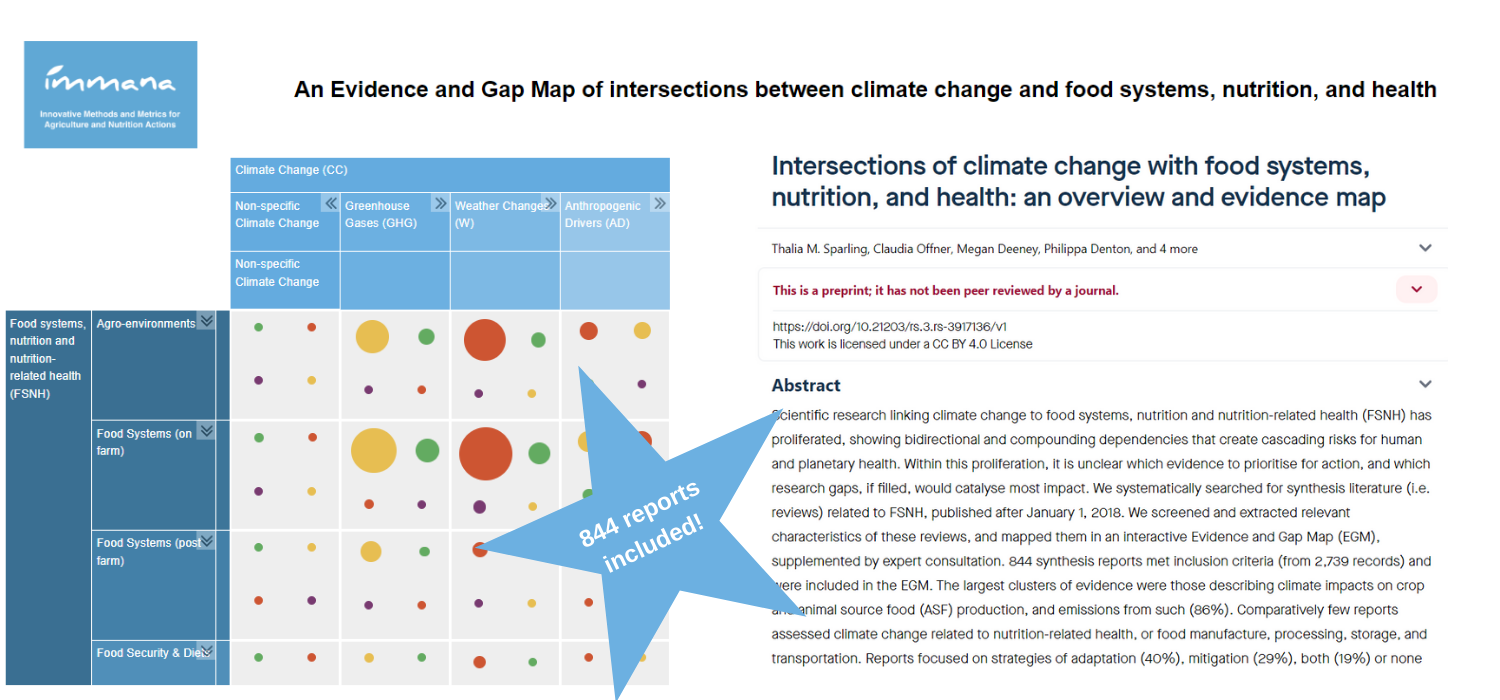
Nutrition modelling using Optifood Linear Programming can be used to identify nutrient gaps and help with population-specific food based recommendations (FBRs). One of the limits to using the tool is that it requires dietary intake data for the specific focus population.
This paper suggests that Household Consumption and Expenditure Survey (HCES) data can be used instead of 24hr dietary recalls to identify “problem nutrients” and formulate FBRs for 12- to 23-month-old breastfeeding children. The model was tested in rural Kenya, Uganda, Guatemala, and Bangladesh.
Summary points:
⇒ It is necessary to identify nutrient gaps in specific populations so food based recommendations can be developed and interventions delivered
⇒ Optifood Linear Planning can help identify these gaps and estimate the impact of different solutions but requires 24hr diet data which is expensive and time consuming to collect
⇒ HCES data was matched with 24hr data for 12- to 23-month-old breastfeeding children in 4 LMICs
⇒ Similar nutrient gaps (77–100% agreement), food sources of nutrients (71–100% agreement), and FBRs (80–100% agreement) were identified suggesting HCES data can be used in Optifood analyses for this specific group of children.




